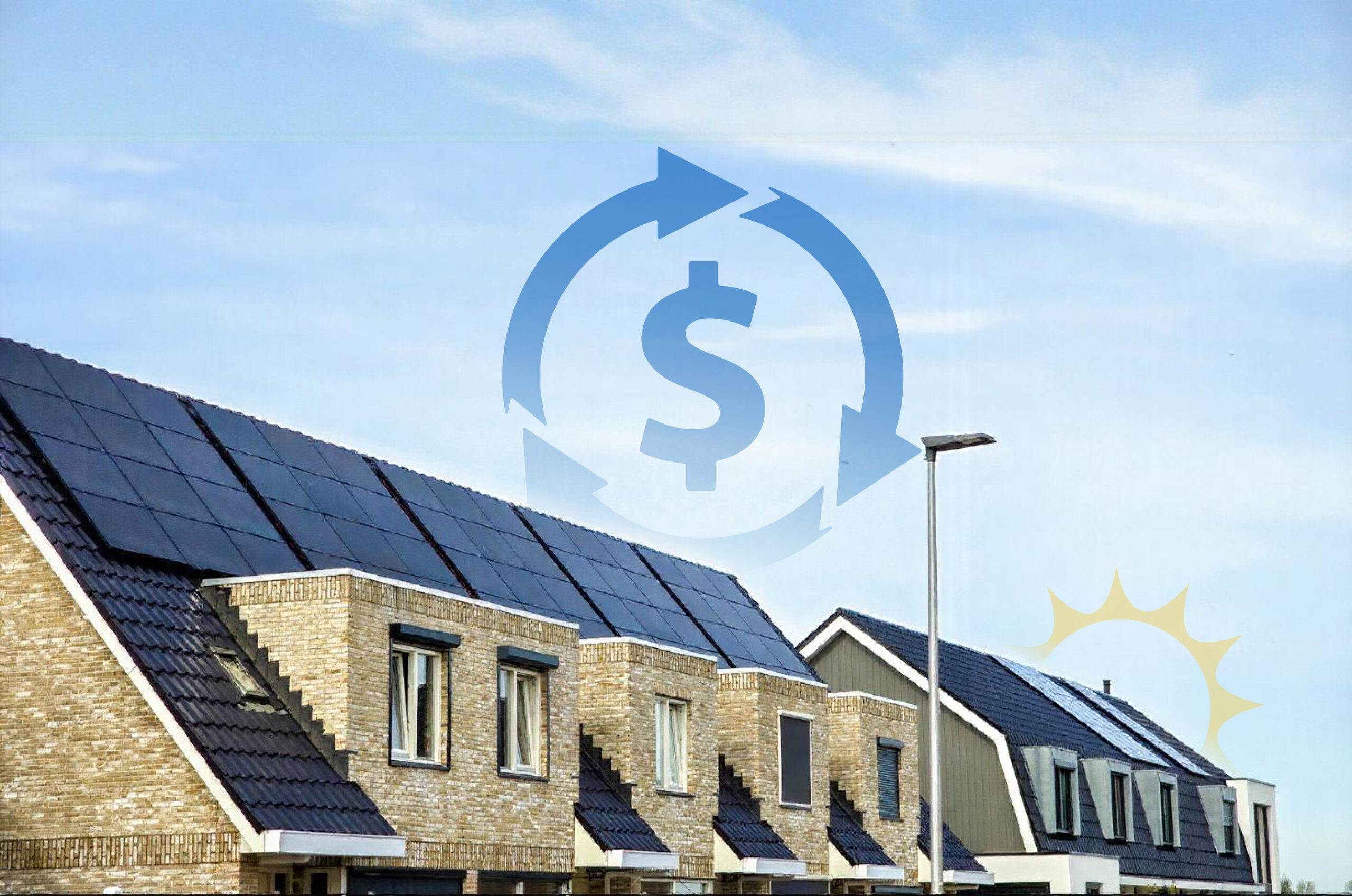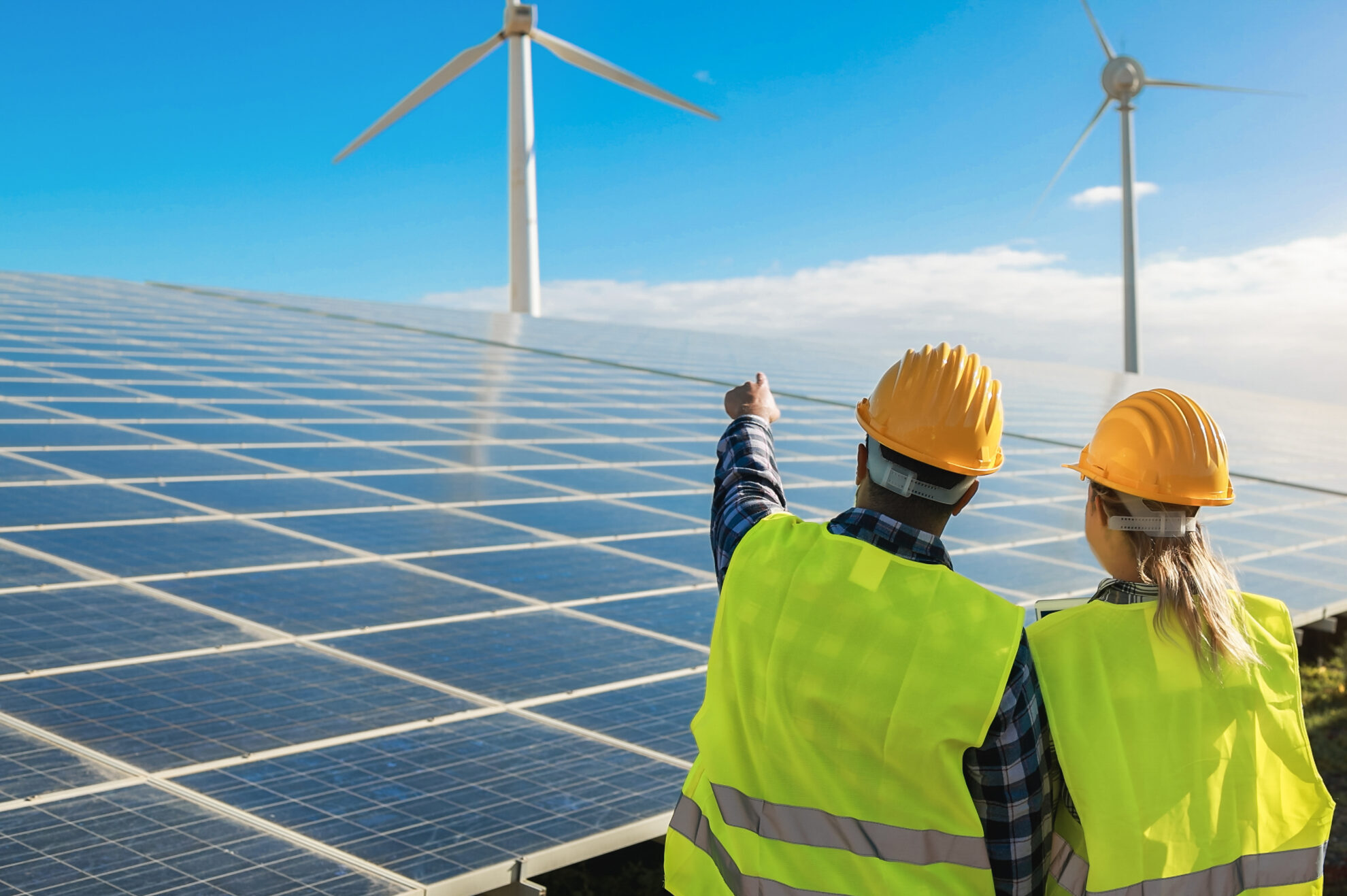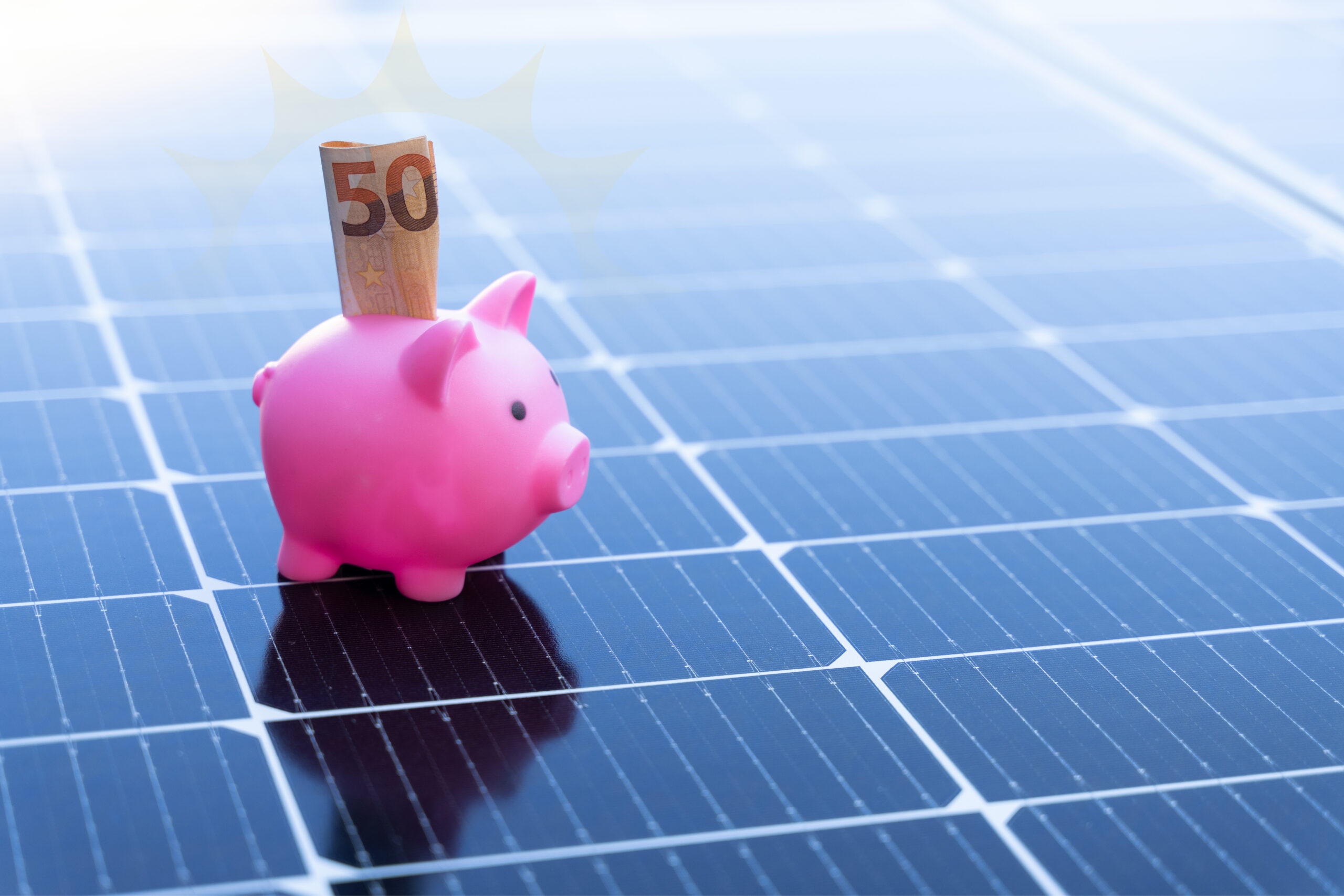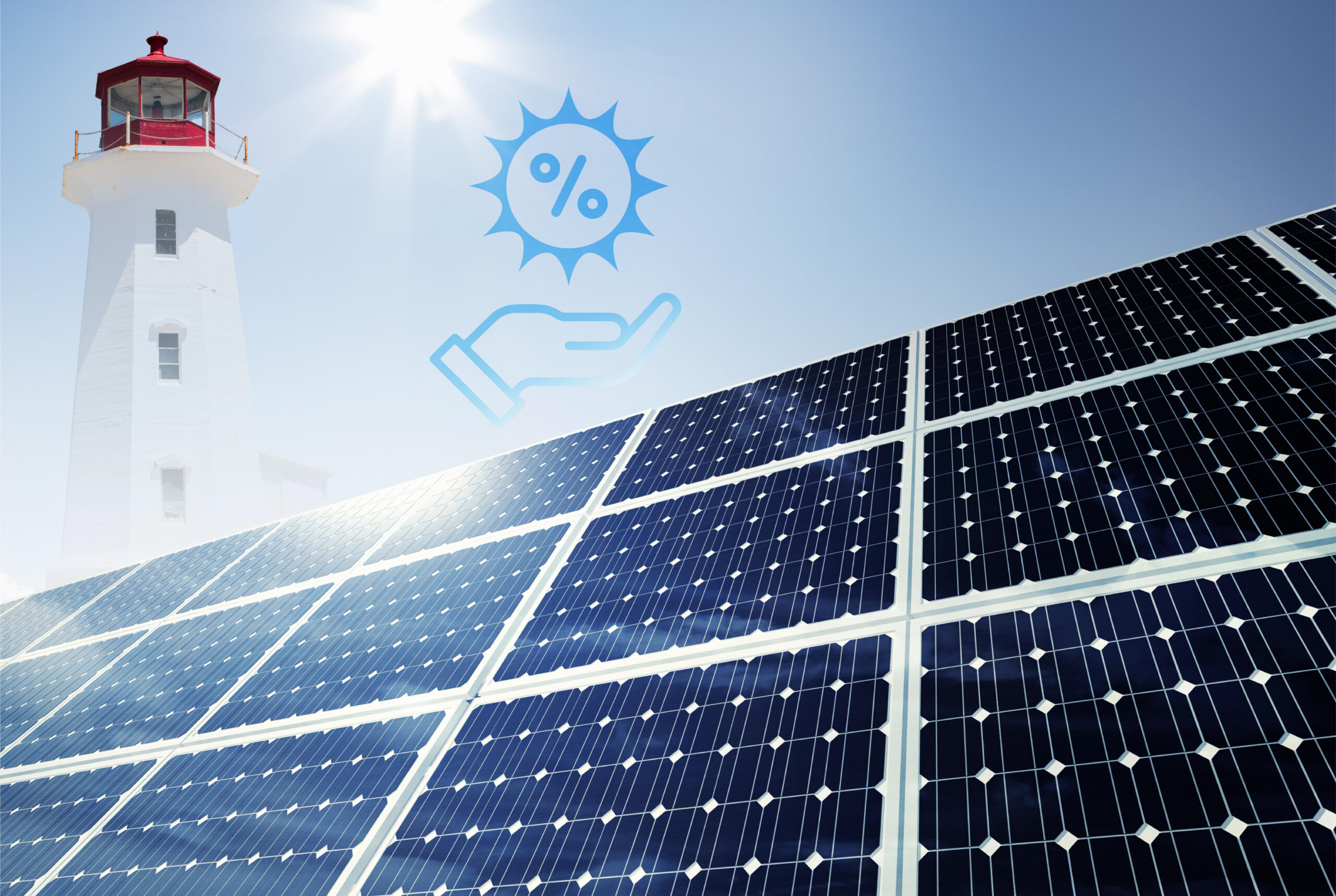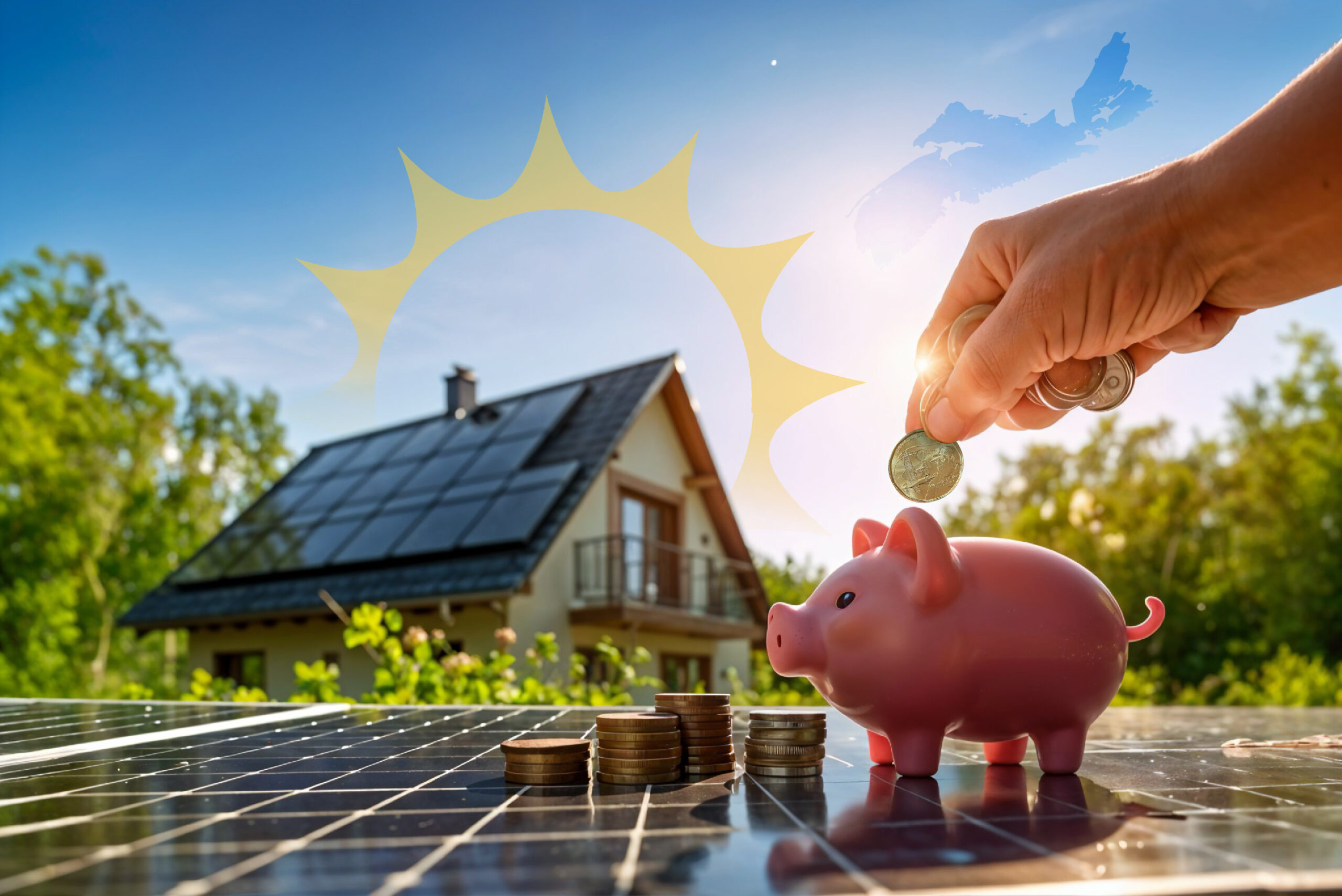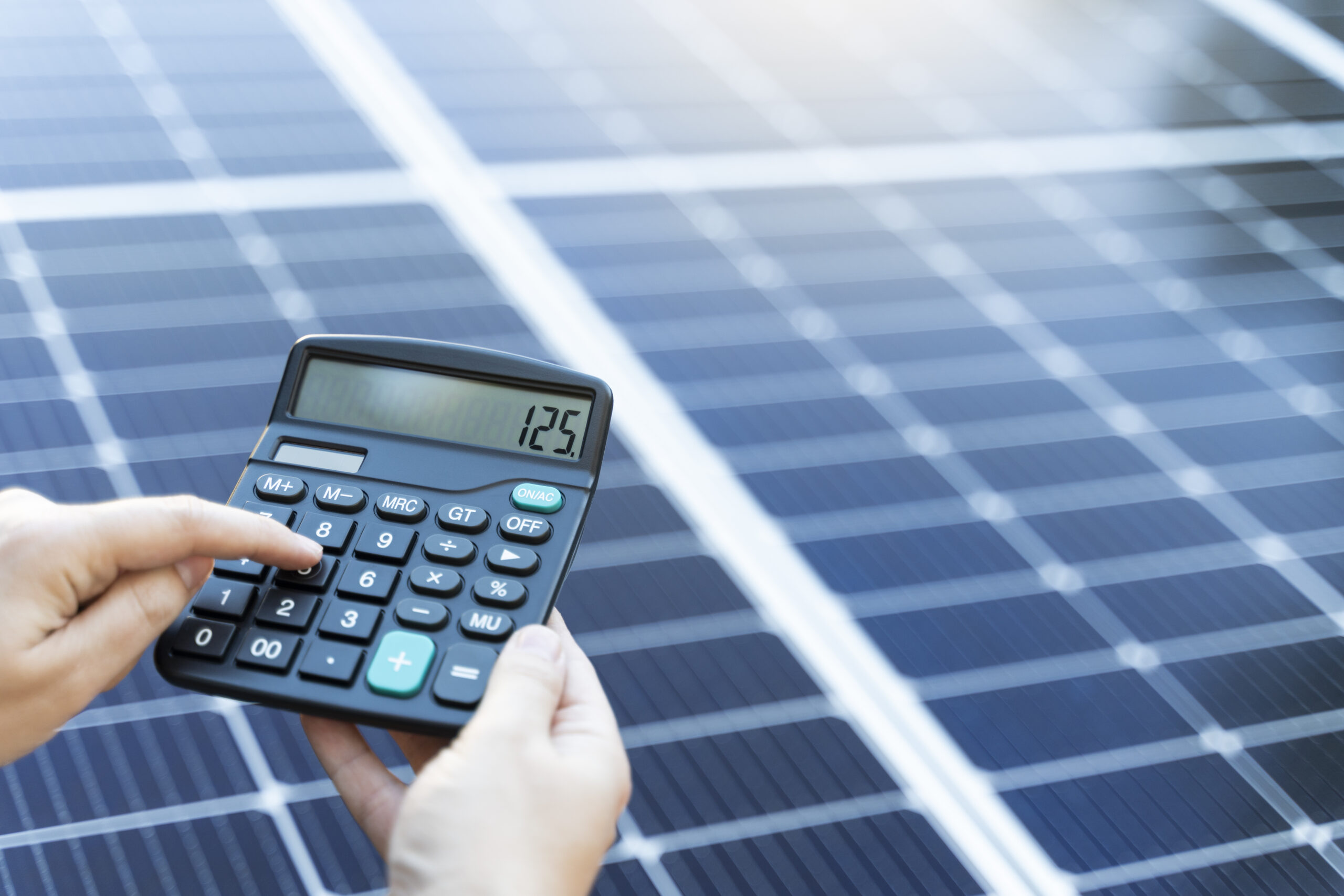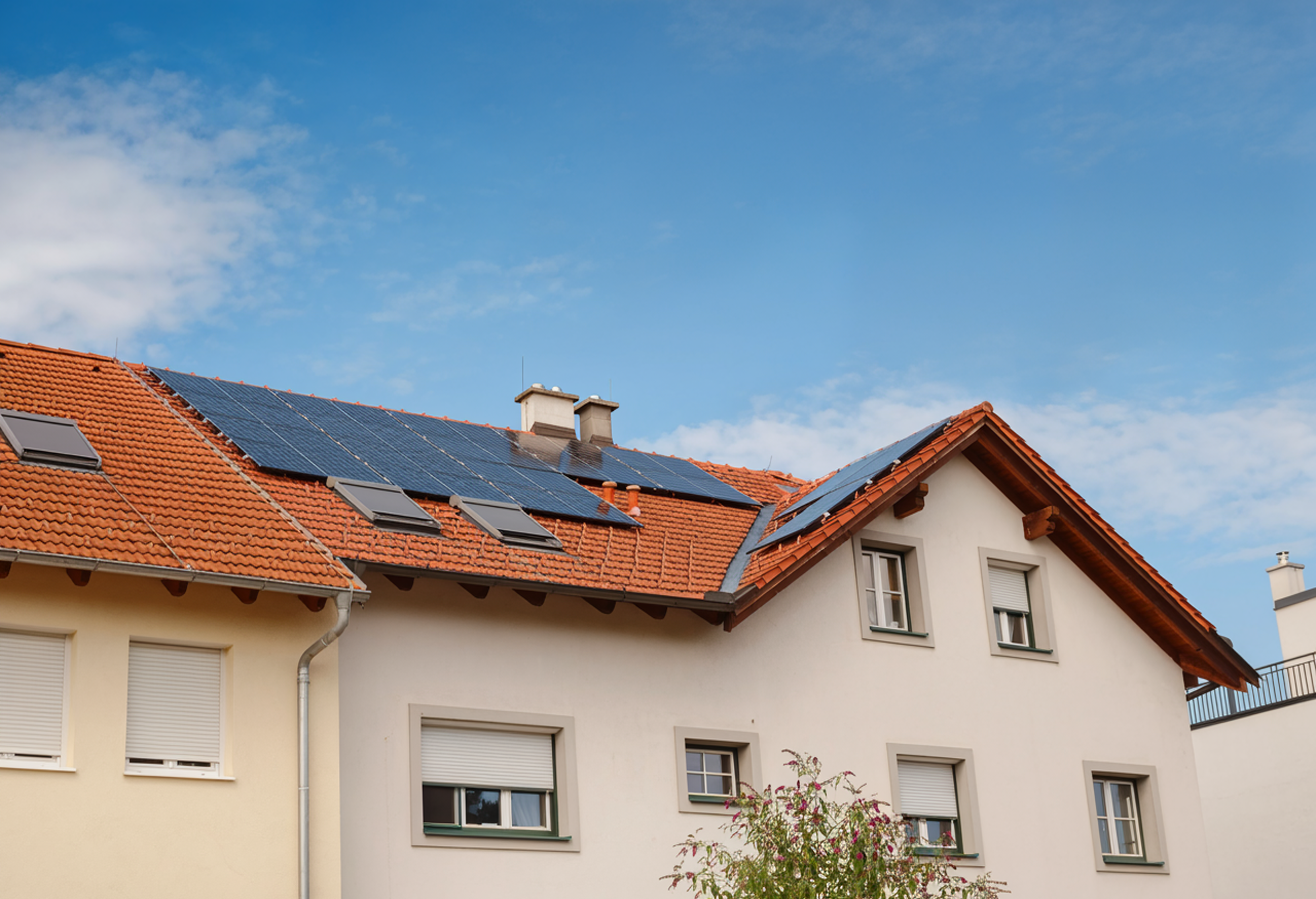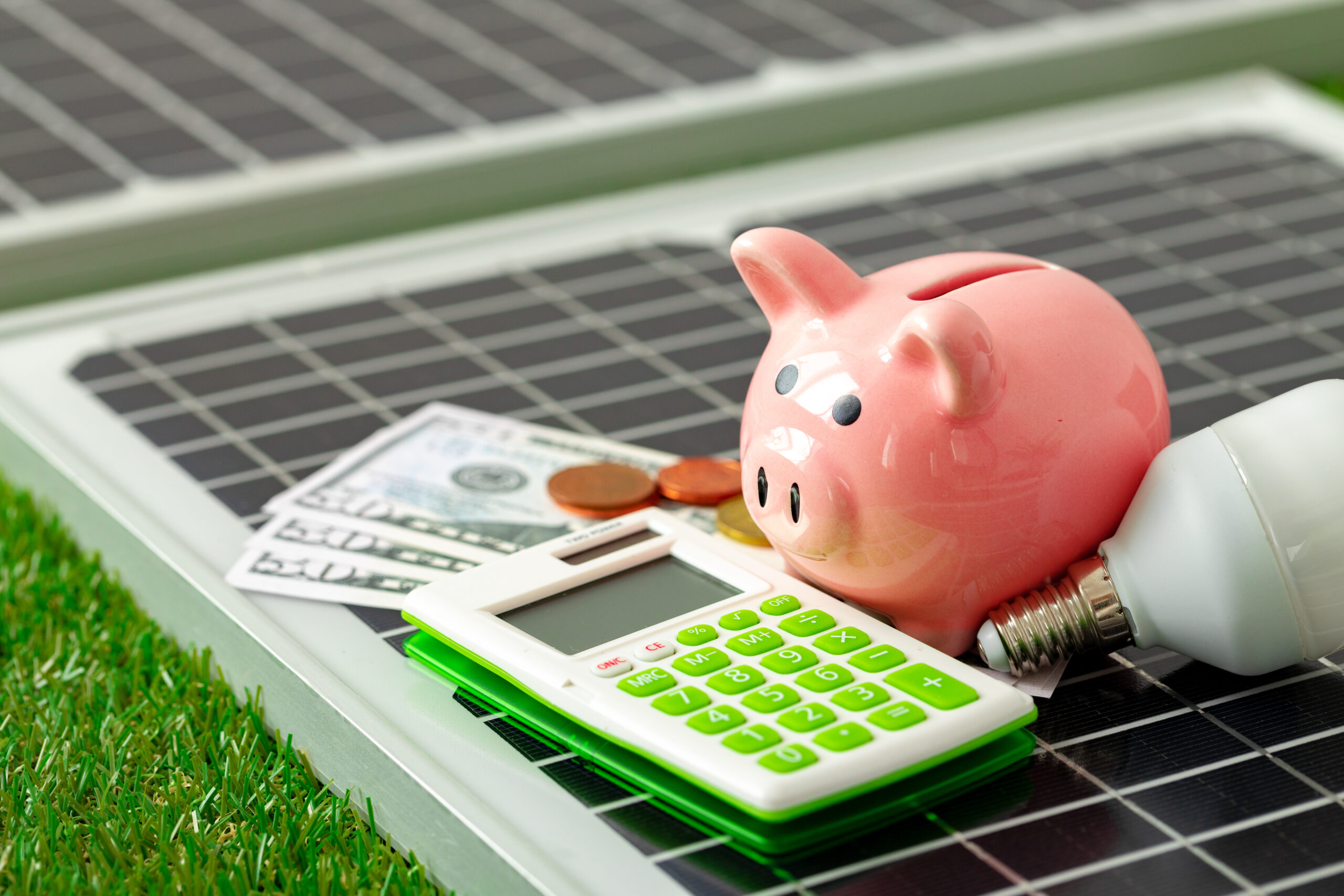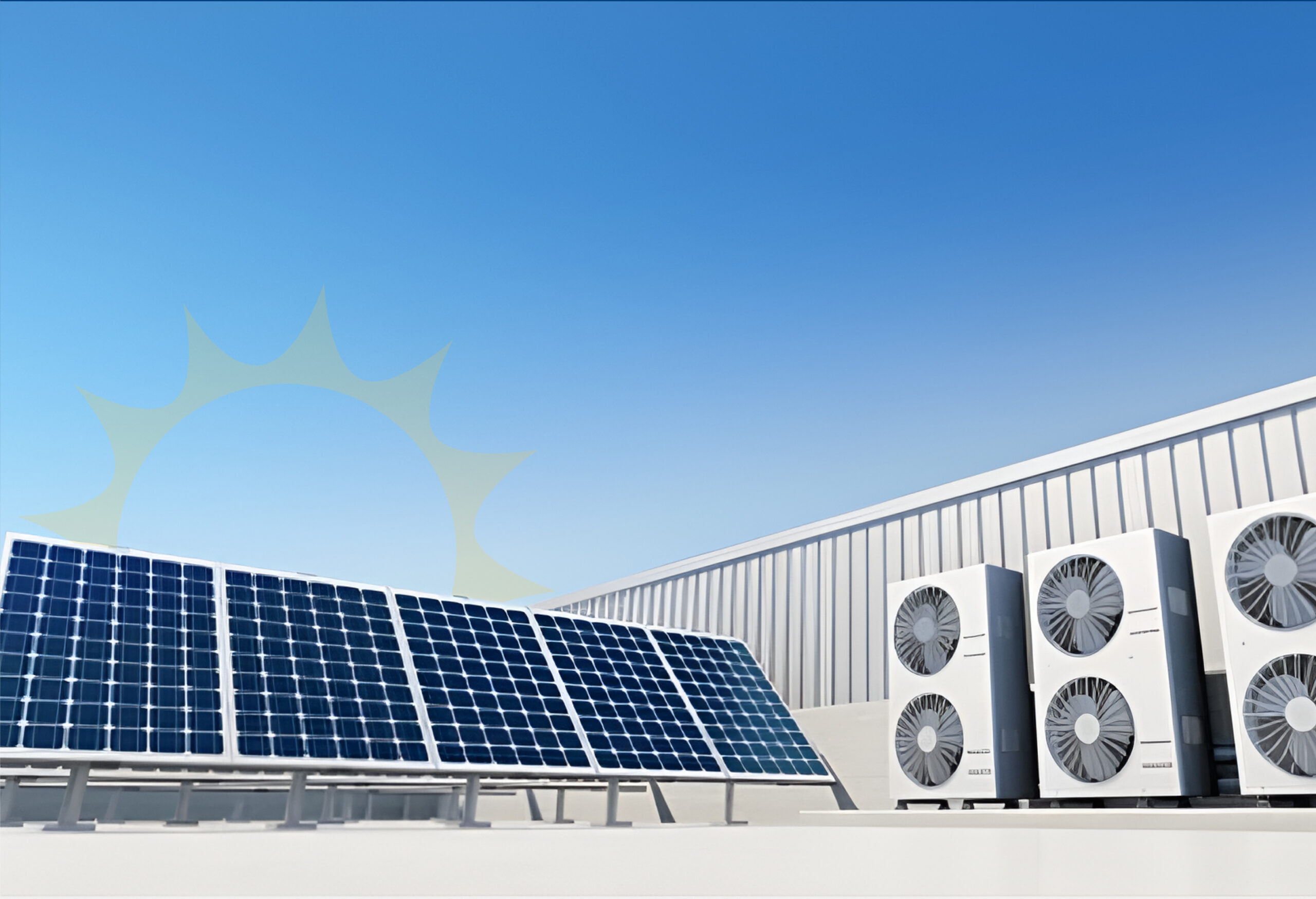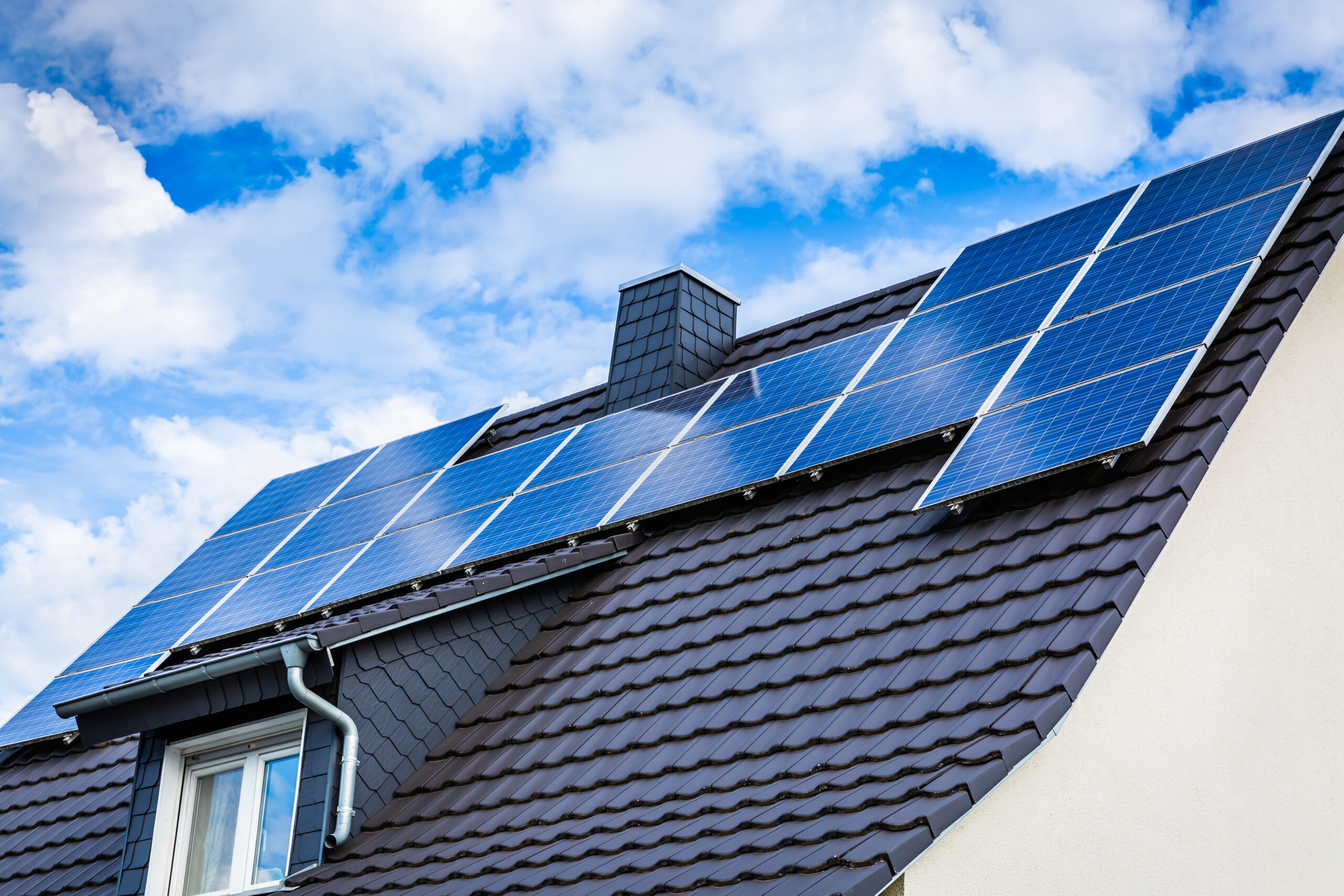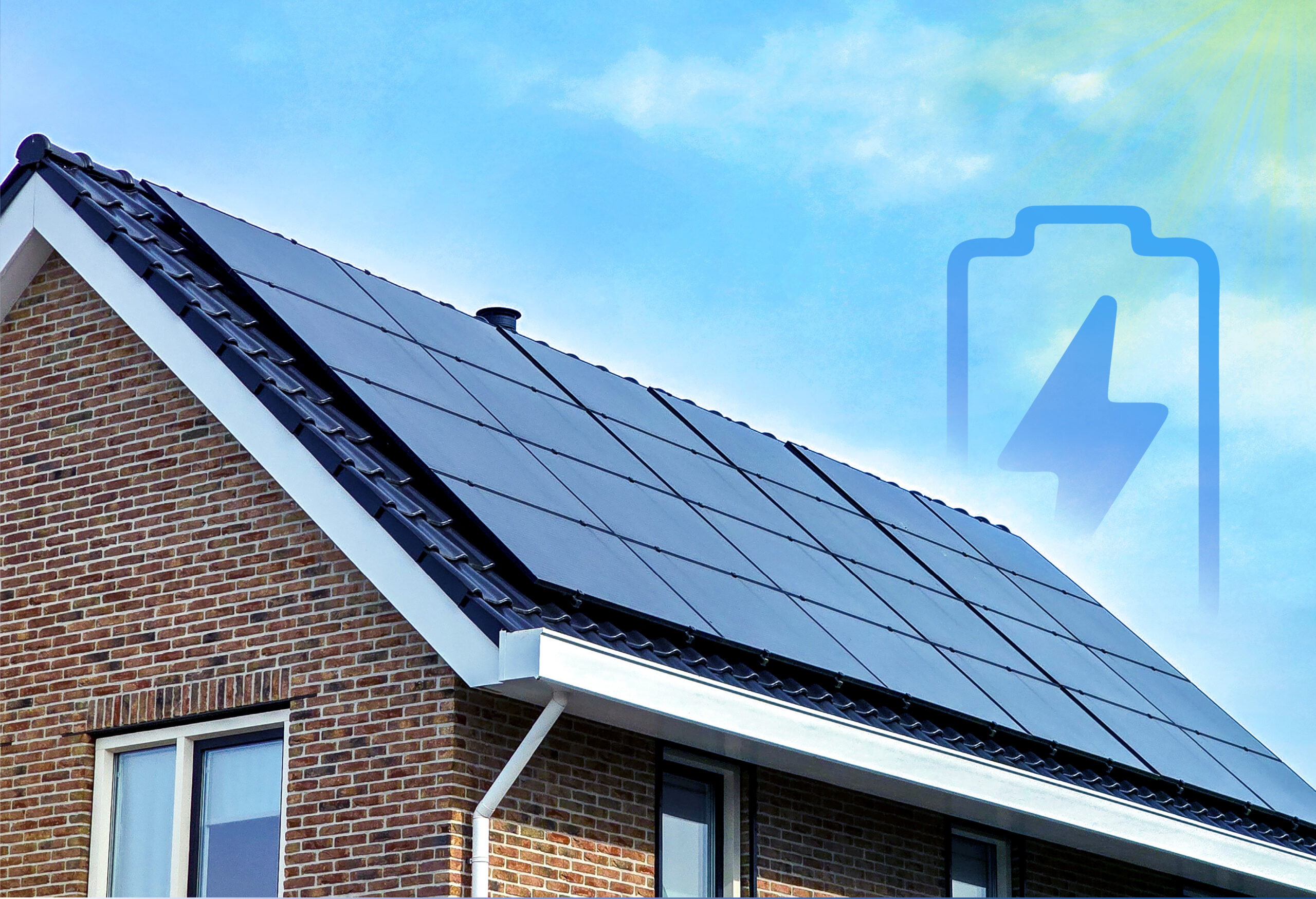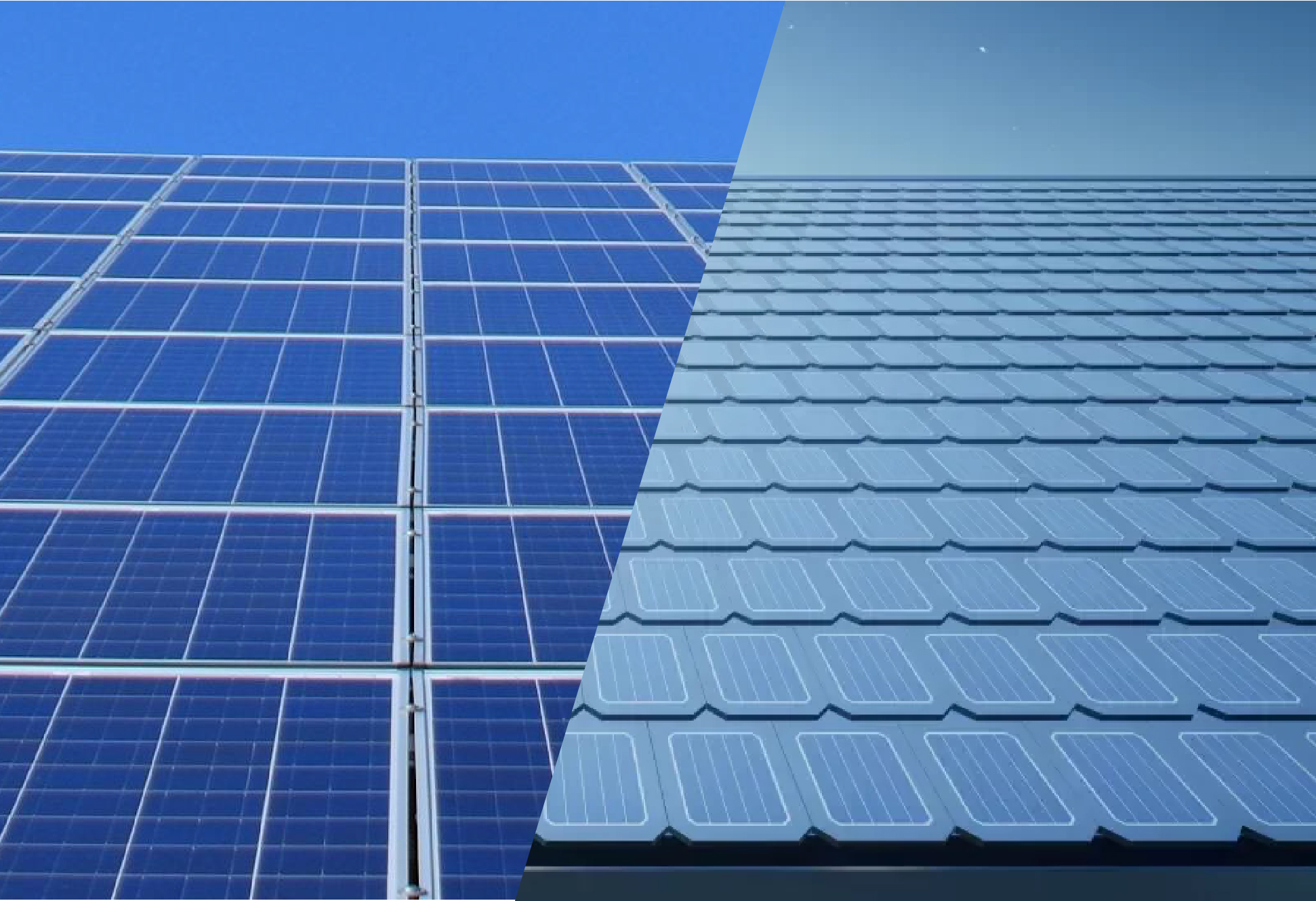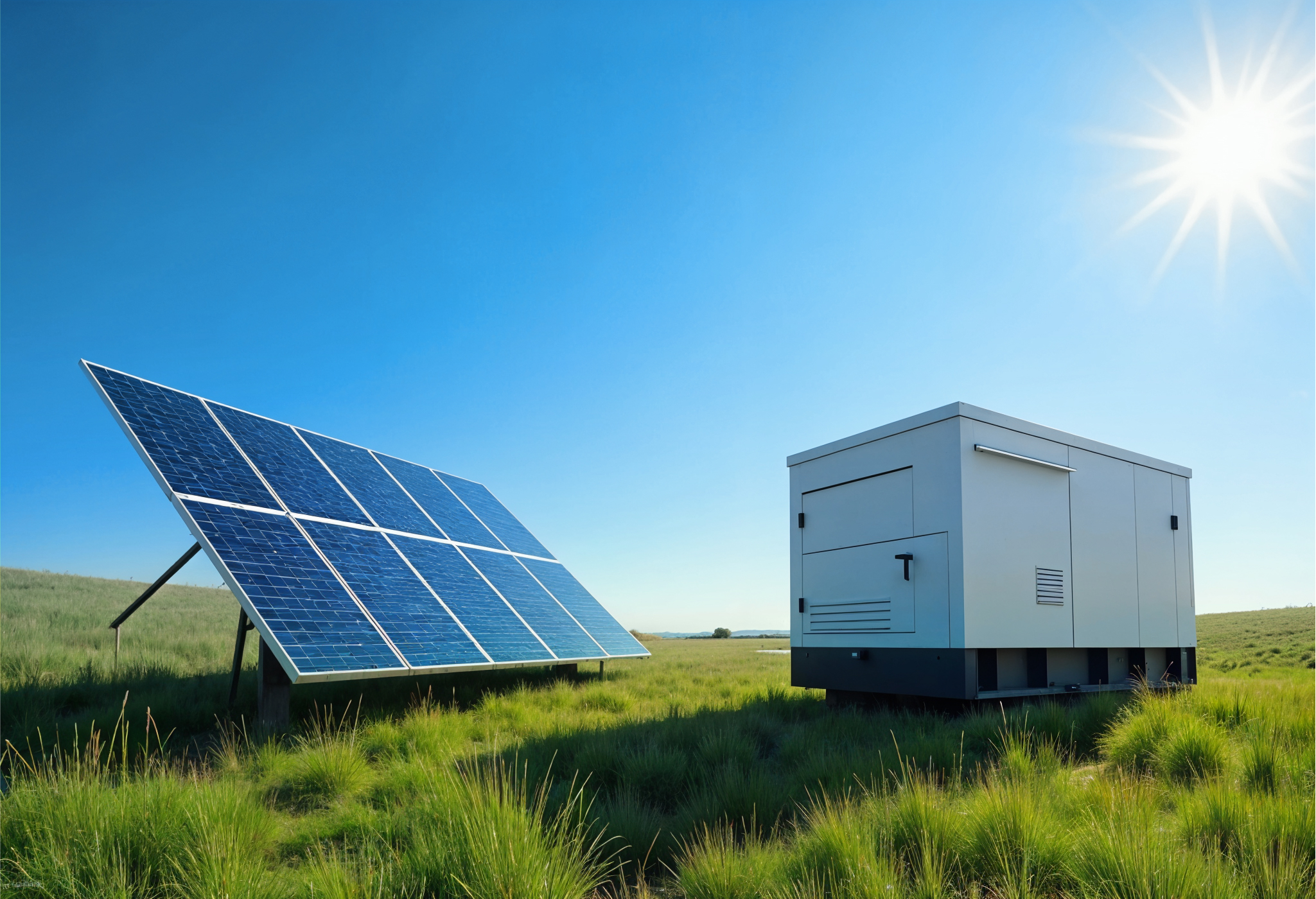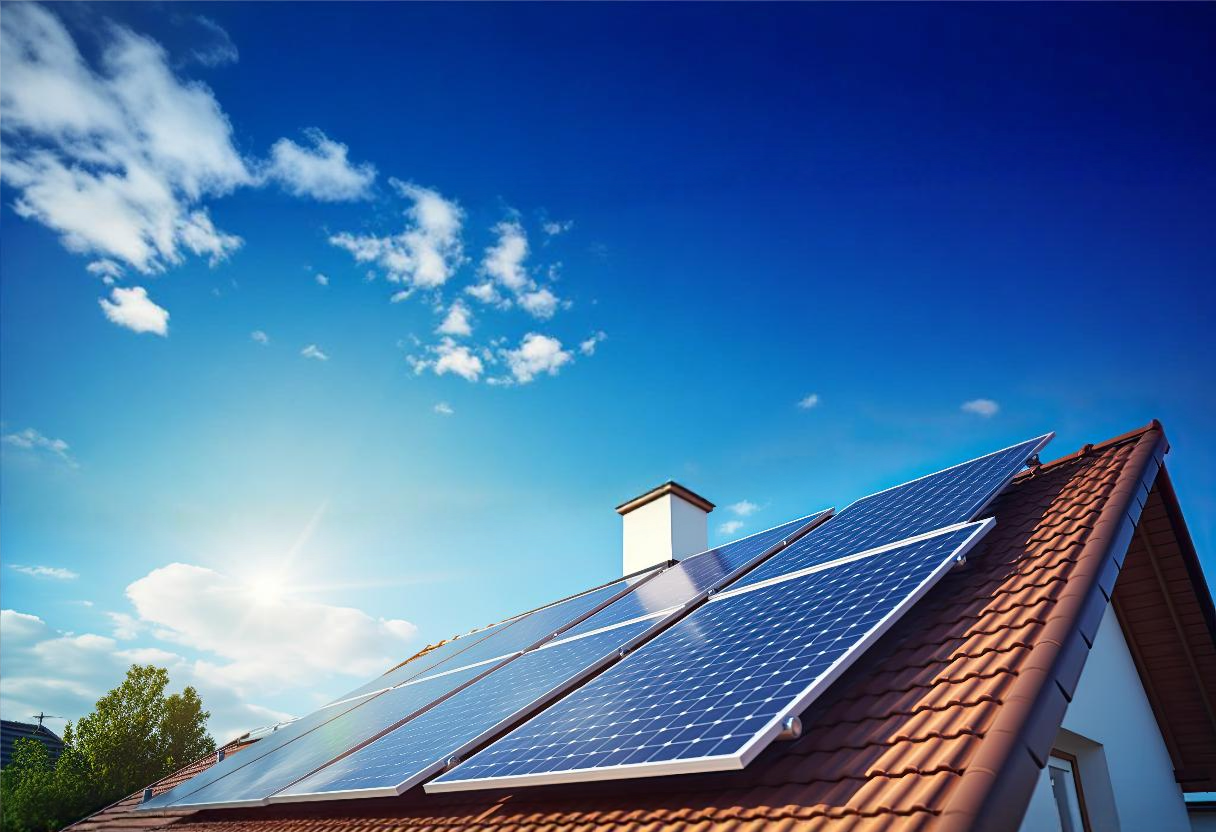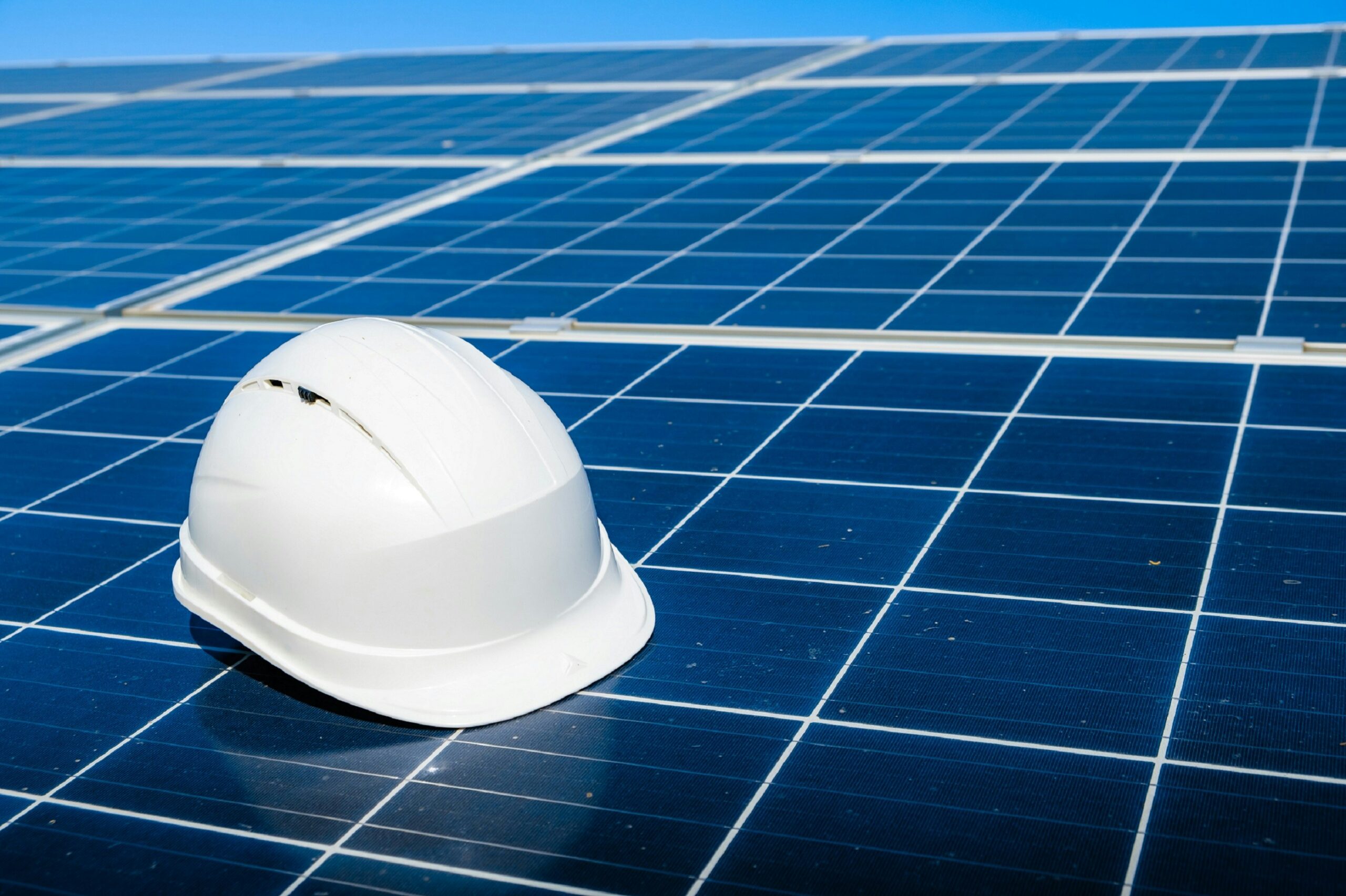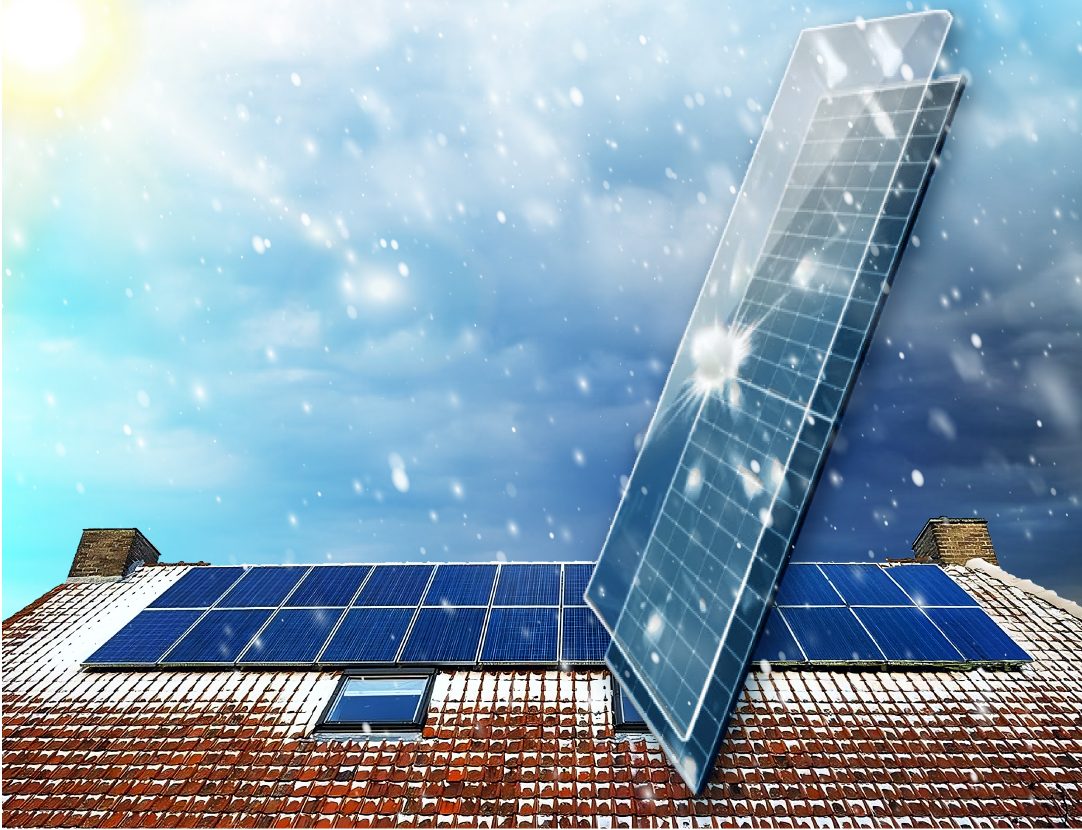Author: Mariela Guanchez
Whenever I’m asked, “Are residential solar panels Nova Scotia wide really worth it?” I typically respond with: What does “worth it” mean to you? Because the answer can hinge on personal goals (slashing bills, reducing carbon footprint, investing in your property, etc.). Nova Scotia offers a unique mix of incentives, moderate electricity rates, and decent sunlight hours, making solar an increasingly attractive option. Still, it’s not a guaranteed slam dunk for everyone. Let’s dissect the Solar Energy Benefits in Nova Scotia—and potential drawbacks.
1) The Financial Angle
Lower Electricity Bills: This is the headline benefit. Depending on system size and roof orientation, you might cover most or all of your electricity needs. Over 25–30 years, that can add up to tens of thousands in savings—especially if utility rates keep climbing at historical rates of around 4–5% per year.
Incentives: The SolarHomes Program can peel up to $3,000 off your system cost, and you may qualify for a Greener Homes Loan with 0% interest, drastically reducing your net investment. When these align with net metering (where you earn kWh credits for excess power produced), your payback timeline can accelerate.
ROI Timeline: Homeowners often see payback in 8–12 years, depending on how well they sized their system. After that, the energy is effectively free—minus minor maintenance or replacement part costs.
2) Environmental and Social Benefits
If you’re the eco-conscious type, solar hits that sweet spot:
- Reduced Carbon Footprint: Every kilowatt-hour produced by solar is one less kWh from fossil-fuel-driven power plants.
- Energy Independence: Relying less on Nova Scotia Power gives you a sense of security—though note that grid-tied systems still shut down in an outage unless you invest in batteries or special inverters.
- Community Leadership: Some folks love being pioneers in their neighborhood, demonstrating that renewable energy is feasible here in Atlantic Canada.
3) Practical Considerations
Roof Suitability: A big chunk of “Is it worth it?” hinges on your roof. If it’s shady, poorly oriented, or in disrepair, the costs spike and the output drops. You might need a replacement or special racking solutions. If your roof is a puzzle of dormers and skylights, an installer might suggest fewer panels—or none at all.
Future Plans: Got an electric vehicle on the horizon? A heat pump? Factor that increased usage into your solar sizing. If you’re moving within two years, can you recoup your investment fast enough? Sometimes a solar-equipped home fetches a higher price, but that’s not guaranteed.
Net Metering Uncertainty: Nova Scotia’s net metering policy currently offers 1:1 credit for surplus energy. This is fantastic for homeowners, but policies can change. If you’re risk-averse, going solar now might lock you into favorable terms.
4) Common Objections and Counterpoints
- “Nova Scotia’s Not Sunny Enough”
- It’s a fair concern—our winters are long, and we have our share of cloudy days. Yet, Germany leads the world in solar adoption and gets less sun than many parts of Canada. We also gain from cooler temperatures improving panel efficiency.
- “It’s Too Expensive”
- It can be a hefty upfront cost if you pay cash. But with financing programs like the 0% Greener Homes Loan, you might only pay monthly what you’d otherwise pay for your electric bill. After the loan, you’re mostly saving.
- “Panels Might Blow Off in a Storm”
- Modern racking systems are typically rated for winds up to 225 km/h or more. Unless a truly catastrophic hurricane rips off the roof itself, your panels should stay put.
- “Maintenance Is Too High”
- Solar is relatively low-maintenance. Annual checkups, an occasional hose-down for debris, and monitoring your inverter output are often enough. Major repairs tend to be rare for quality systems.
5) Real-Life Example: The Lutz Family in Antigonish
The Lutz family had an 8 kW system installed in 2021. Their roof was near-perfect—south-facing, minimal shading. They took advantage of the $3,000 SolarHomes rebate and covered the remainder with a line of credit at 3% interest. Over the past two years, their system has offset about 90% of their electricity usage, translating to over $1,250 saved annually. They anticipate a payback near the 10-year mark, after which they’ll essentially pocket that $1,250 (or more, if rates rise).
From a purely financial standpoint, they deem solar “well worth it.” But they also mention the environmental perk, telling friends they feel good about producing clean energy in a province still reliant on coal and natural gas. And seeing near-zero power bills each month? That never gets old.
6) Is It Worth It If You Need a Roof Replacement?
If you have to replace your roof soon anyway, adding solar right after can be a smart double play. Yes, the combined cost is high in one go, but you’ll avoid paying an extra $2,000–$3,000 later to remove and reinstall panels. Some installers even bundle mild roofing work into their quotes. The synergy of a fresh roof + new solar array sets you up for decades of minimal fuss.
7) What About Batteries?
Batteries can keep your home powered during outages, but they raise costs substantially—$15,000–$20,000 or more, depending on capacity. Financially, they don’t often work out in Nova Scotia because net metering effectively handles your “storage” by letting you bank credits. However, if you live in an area with frequent, long outages and you value energy independence, it could be a lifestyle choice. But purely ROI-focused folks usually stick with grid-tied systems unless they have very specific backup needs.
8) Key Takeaways
- You’re Likely to Save Money: For most homeowners with a reasonably good roof, solar reduces your electric bills enough to pay for itself in under 15 years—often closer to 10. After that, it’s gravy.
- Incentives Are Crucial: The SolarHomes rebate, federal loans, and net metering drastically shape your ROI. Missing out on these could skew the math.
- Think Long-Term: Solar is a 20- to 30-year investment. If you’re planning to stay put, the benefits multiply. If you’ll be selling soon, weigh how much a solar-equipped home might fetch in resale.
- Minimal Maintenance: Panels are mostly set-it-and-forget-it. Monitoring systems let you catch any failures quickly. Good warranties on panels and inverters minimize your risk.
Conclusion
So, are residential solar panels Nova Scotia wide worth the expense and effort? For many homeowners, especially those who can leverage Solar Energy Benefits in Nova Scotia such as net metering and rebates, the answer is a resounding yes. You trim electric bills, contribute to environmental sustainability, and potentially boost your home’s resale value. The main caveat is ensuring your roof is suitable and that you’re prepared for the upfront or financed costs.
We live in a province that might not scream “sunshine,” yet more and more rooftops are sprouting panels each year. The combination of dropping component prices, solid local installers, and supportive policies makes a compelling case. If you’re on the fence, consider scheduling a home assessment. A little number-crunching could confirm that solar is not just for desert climates—it’s for forward-thinking Maritimers who want to invest in a brighter (and hopefully cheaper) energy future.

